Cistercian Landscape Compositions of Great Rudy Landscape Park
7.11
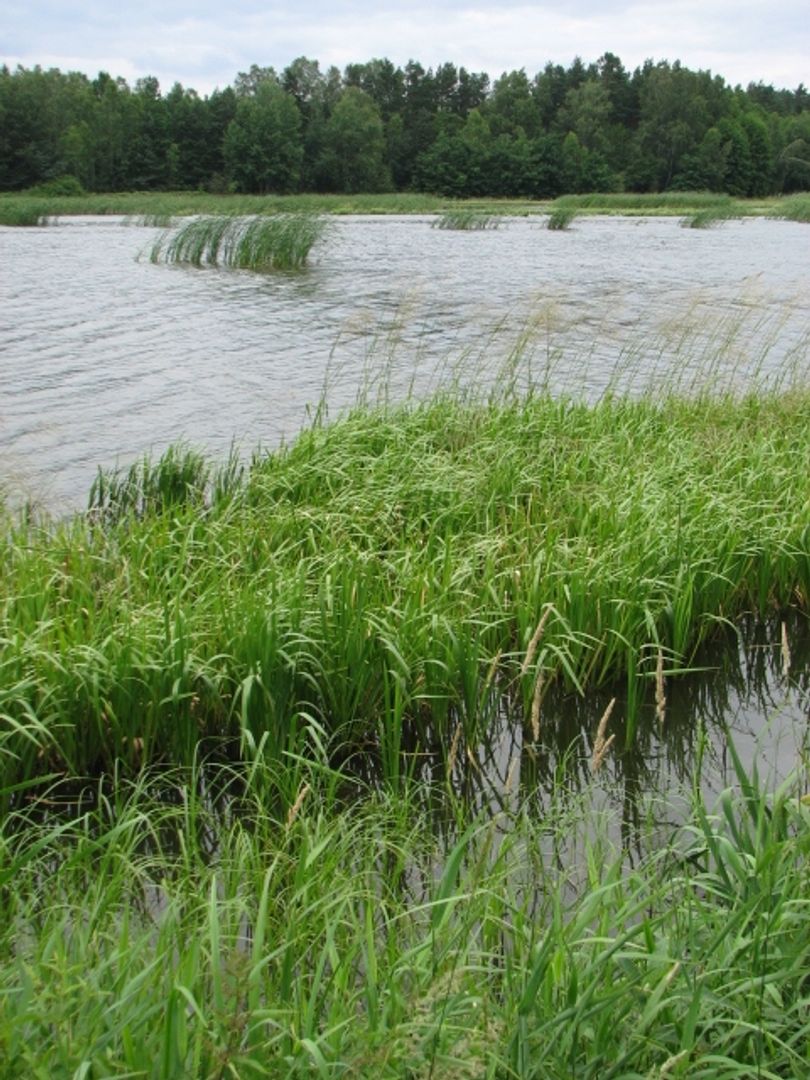
Overview
The Cistercian Landscape Compositions of Great Rudy Landscape Park covers an area of 49,387 hectares, with an additional buffer zone of 14,010 hectares. The park extends over the northeastern part of Racibórz, the northern part of Rybnik, and several municipalities, including Czerwionka-Leszczyny and Żory. Established in 1993, the park protects natural forests, aquatic areas, and rare plant habitats, including specific species like yellow nutsedge. Within its boundaries lies the Łężczok Nature Reserve and an educational center in Rudy. In terms of architecture, the park is renowned for its post-Cistercian monastery-palace complex and the church in Rudy. The history of the park is inextricably linked to the Cistercians, who arrived here in the 13th century, transforming the landscape and contributing to the development of the region. Numerous traces of their activities remain, such as forges and foundries. The park also features historic wooden churches, manor houses, and industrial architecture, like a narrow-gauge railway. Its natural and cultural values make it one of the largest and most important nature conservation areas in Poland.
Location
You can also find here:
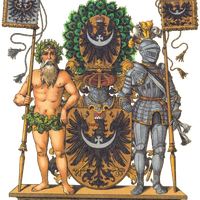
Racibórz
8.44
Deanery of Racibórz

The Basilica of the Humble Mother of God in Rudy
8.33

Cistercian Abbey in Rudy
8.2
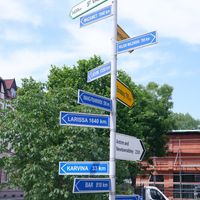
Rybnik
8.08

Ginger
7.83
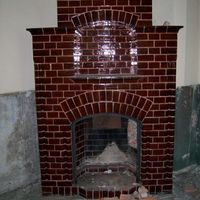
Rudnik
7.78
Deanery of Racibórz

Czerwionka-Leszczyny
7.48
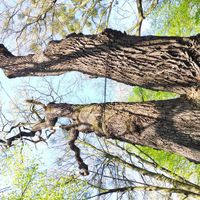
Sobieski's Oak in Łężczok
7.42
Deanery of Racibórz
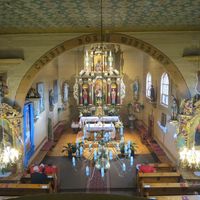
St. Nicholas Church in Wilcza
7.37
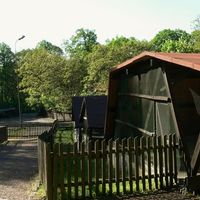
The Moravian Gate Arboretum
7.23
Deanery of Racibórz
2025 Wizytor | All Rights Reserved